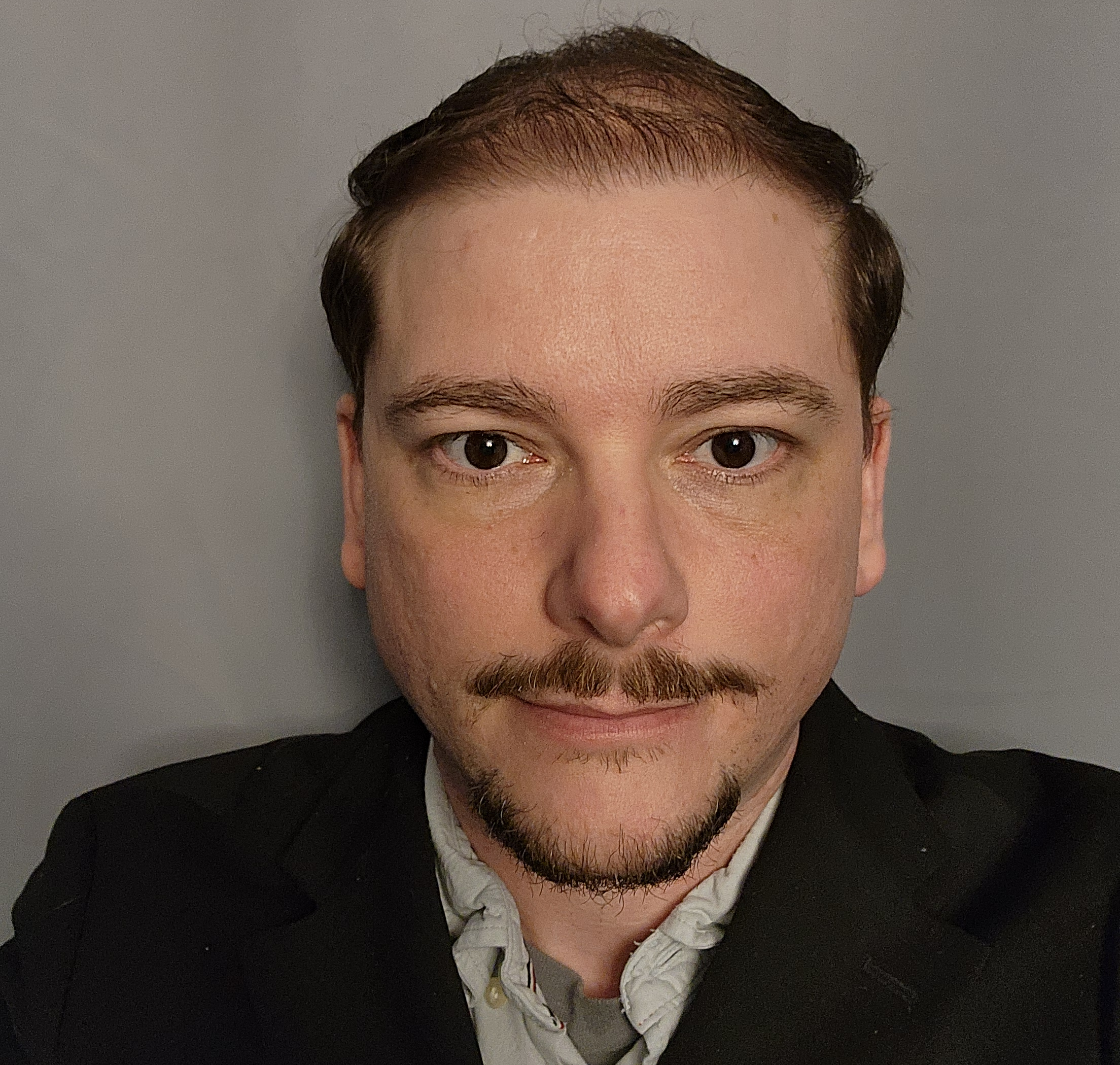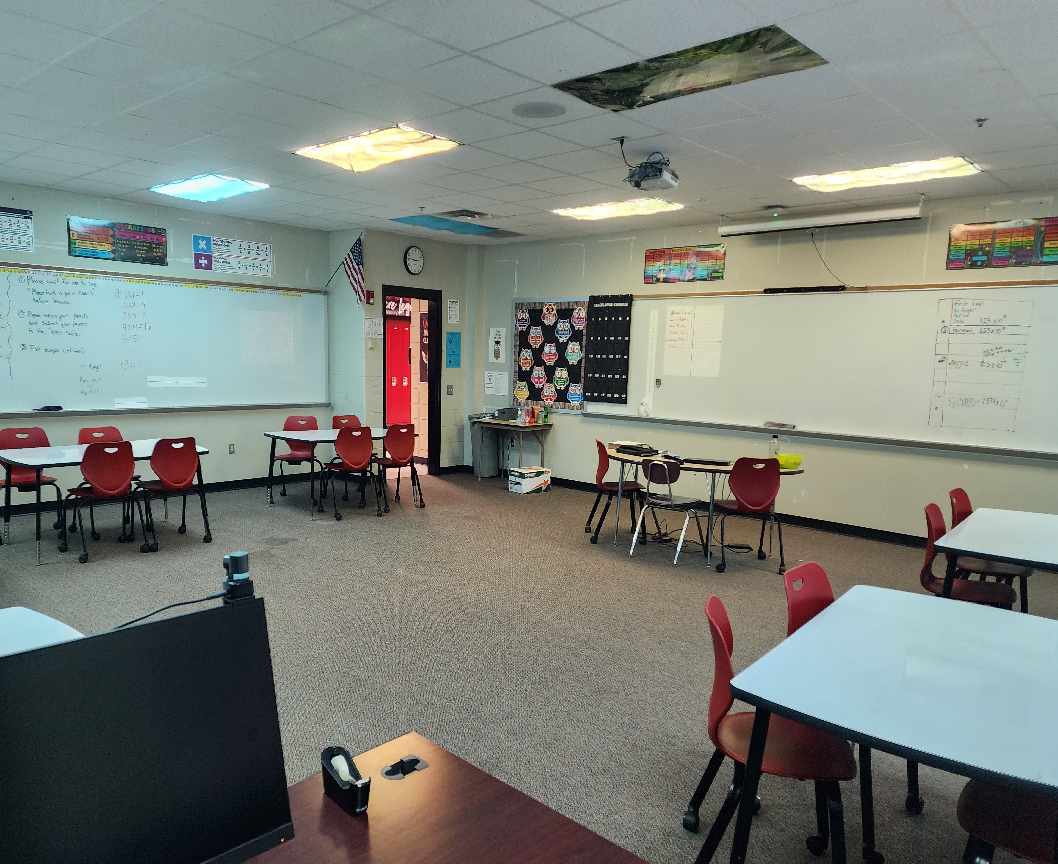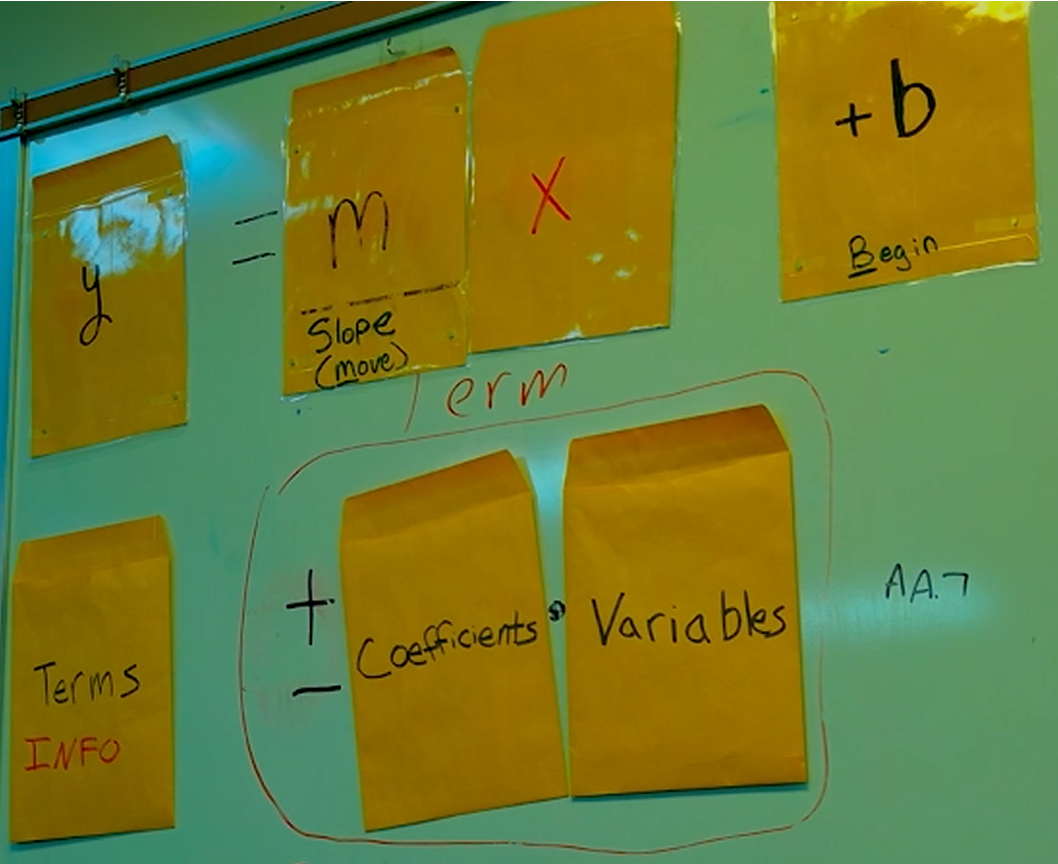Who Am I

|

|

|
I am Mr. Auger, a dedicated math educator at Highland Middle School and a graduate student in the Educational Technology program. I am passionate about fostering a collaborative, technology-driven, and project-based learning environment. As a lifelong learner, I am committed to exploring and implementing pedagogical strategies that align with the **ISTE (International Society for Technology in Education)** Standards for Educators to make math accessible, engaging, and relevant for all learners. My teaching philosophy centers on perseverance, student advocacy, and leveraging technology to create equitable and empowering educational opportunities.
My Educational Journey
Experiences
With over 3 years of teaching experience, I have focused on middle and high school mathematics for diverse student populations. My background includes moving beyond traditional instruction to design and implement **project-based learning (PBL)** units. In my educational endeavor, I have focused on applying frameworks like **SAMR (Substitution, Augmentation, Modification, Redefinition)** and **TPACK (Technological Pedagogical Content Knowledge)** to ensure technology serves to transform learning tasks, not merely substitute traditional tools. For example, I developed a lesson where students used collaborative graphing software not just to plot points (Substitution), but to model real-world data, create predictive models, and share their findings in an interactive presentation (Redefinition).
Goals
My primary goal is to cultivate student agency by creating a connectivist learning environment. I aim to empower students to build their own **Personal Learning Networks (PLNs)**, using digital tools to connect with information, experts, and peers beyond the classroom walls. I want every student to develop the critical thinking and self-advocacy skills needed to master mathematical concepts and apply them to solve authentic, real-world problems.
My Philosophy of Technology Integration
I believe that technology, when integrated thoughtfully, is a powerful catalyst for creating inclusive and student-centered learning environments. My educational purpose is to design learning experiences where mistakes are viewed as vital opportunities for growth. My approach is grounded in the **Universal Design for Learning (UDL)** framework, which means I design lessons with flexible options to ensure all students can engage with, understand, and show what they know (CAST, 2018). By leveraging technology to provide these options—such as interactive simulations for abstract concepts, text-to-speech tools for reading support, or video projects for demonstrating understanding—I strive to make learning accessible and to honor the variability of every learner in my classroom.
A glimpse into my teaching philosophy in action.
Personal Technology Goals (ISTE Standards)
Learner
I will continuously explore and experiment with emerging EdTech tools, such as adaptive learning platforms and AI-powered tutors, to deepen my practice and keep my instructional strategies relevant and engaging for students.
Leader
I will advocate for equitable access to technology and high-quality digital curriculum at the school and district level, ensuring that technology implementation plans are driven by pedagogy and the diverse needs of all students.
Facilitator
I will design learning activities that use technology to facilitate student collaboration, creativity, and problem-solving, shifting my role from a dispenser of information to a facilitator of inquiry-based learning.
Analyst
I will use data from digital tools (e.g., exit tickets on Google Forms, progress on Khan Academy) to analyze student learning patterns, personalize instruction, and provide timely, targeted feedback, thereby putting UDL principles into practice.
Collaborator
I will actively partner with colleagues to share successful technology integration strategies and co-create interdisciplinary projects, contributing to a school-wide culture of innovation and shared expertise.
Statement on Educational Technology
To me, educational technology isn't just about the latest gadget; it's about thoughtfully choosing the right tool for the right learning goal. To make sure technology use is purposeful, I use a few guiding frameworks I've studied in my graduate work to filter my choices.
How I Choose a Tech Tool: The Triple E Framework
Before using a tool, I first evaluate it using the Triple E Framework. This helps me focus on learning first, technology second. I ask myself: Does this tool Engage students in the learning process? Does it Enhance learning by adding features that traditional tools can't? And does it Extend the learning experience, connecting it to students' everyday lives (Kolb, 2017)? If a tool doesn't meet these criteria, it probably won't make it into my classroom.
Balancing Technology, Pedagogy, and Content: The TPACK Framework
Next, I consider how the tool fits with my teaching methods and the subject matter using the TPACK model. This framework ensures there is a healthy balance between the Technology, my Pedagogy (how I teach), and the Content Knowledge (what I teach). Simply using a flashy tool isn't enough; it must work in harmony with my teaching style and be appropriate for the specific math concept we're exploring (Mishra & Koehler, 2006).
My Goal: Transforming Learning with the SAMR Model
Finally, my ultimate goal is to use technology for more than just simple substitution. I use the SAMR model as a guide to push for true transformation in my classroom. This model has four levels:
- Substitution: Tech acts as a direct substitute, with no functional change (e.g., typing a worksheet instead of writing it).
- Augmentation: Tech still substitutes, but with functional improvements (e.g., using a spell checker).
- Modification: Tech allows for significant task redesign (e.g., creating a collaborative online diagram).
- Redefinition: Tech allows for the creation of new tasks, previously inconceivable (e.g., producing a video to explain a math concept and sharing it with a global audience).
By aiming for the "M" and "R" levels, I want students to use technology not just to consume information, but to create, design, and solve problems in ways that would be impossible without it (Puentedura, 2014).
Digital Responsibility
Digital Citizenship
Digital citizenship is a foundational skill for life in a connected world. In my classroom, I go beyond "don't do this" rules and actively teach students the pillars of responsible digital engagement. This includes media literacy to critically evaluate online information, understanding their digital footprint, protecting their personal data, and respecting intellectual property through proper citation and use of Creative Commons resources.
The Digital Divide
I recognize that the digital divide extends beyond access to devices and internet (the "first divide"). It also includes the "second divide": the gap in skills, digital literacy, and opportunities to use technology in creative and empowering ways. I advocate for school-wide initiatives that provide not only universal access to technology but also robust, ongoing instruction for students and professional development for teachers to ensure that technology becomes a tool for equity, not a perpetuator of existing inequalities.
References
- CAST. (2018). Universal Design for Learning Guidelines version 2.2. http://udlguidelines.cast.org
- Kolb, L. (2017). Learning first, technology second: The educator's guide to designing authentic lessons. International Society for Technology in Education.
- Mishra, P., & Koehler, M. J. (2006). Technological Pedagogical Content Knowledge: A framework for teacher knowledge. Teachers College Record, 108(6), 1017–1054. https://doi.org/10.1111/j.1467-9620.2006.00684.x
- Puentedura, R. R. (2014). SAMR and TPCK: A hands-on approach to professional development [White paper]. http://www.hippasus.com/rrpweblog/archives/2014/12/11/SAMRAndTPCK_HandsOnApproach.pdf
- Siemens, G. (2005). Connectivism: A learning theory for the digital age. International Journal of Instructional Technology and Distance Learning, 2(1), 3-10.